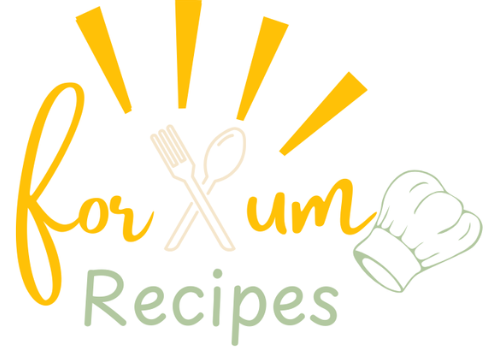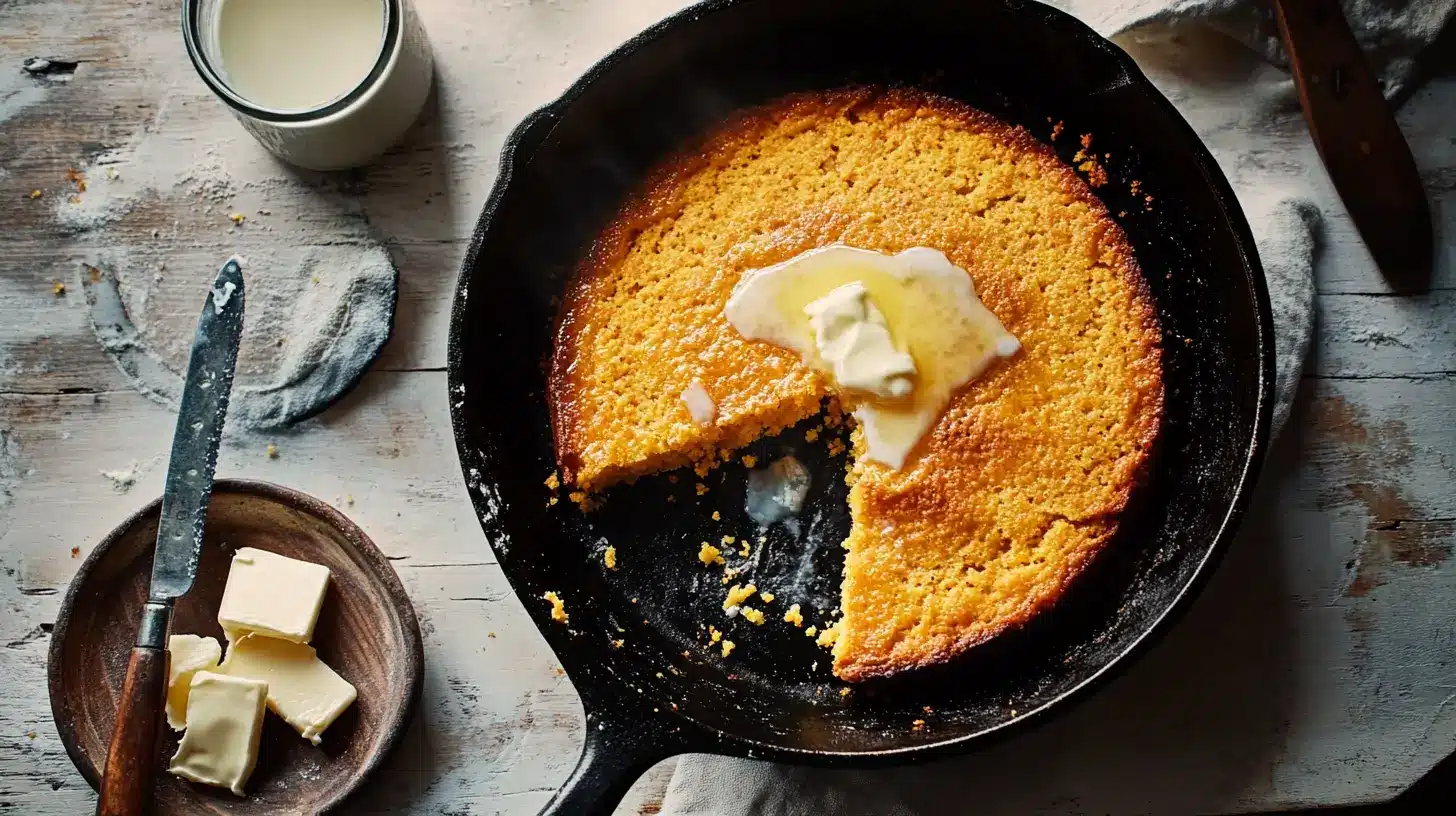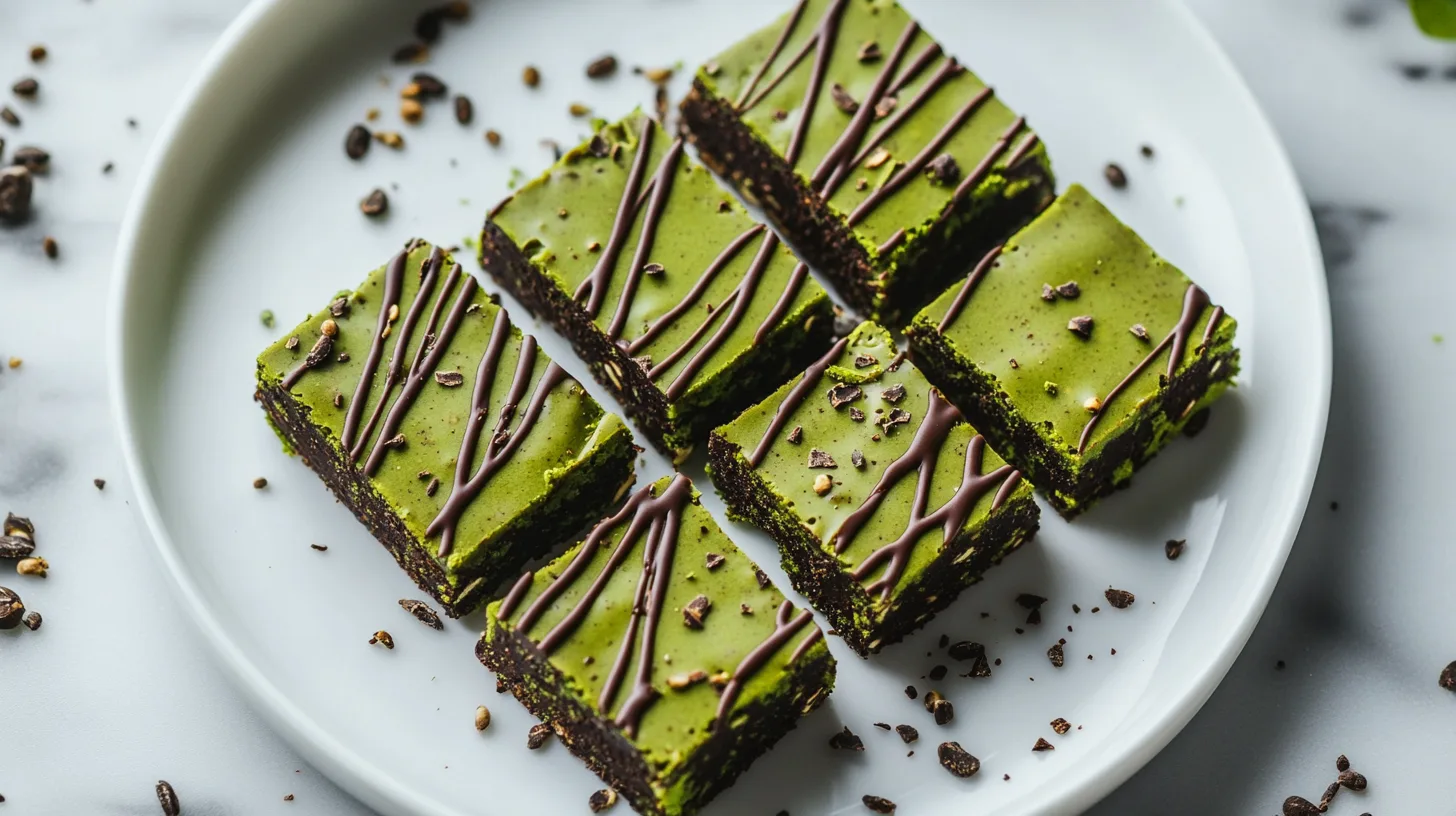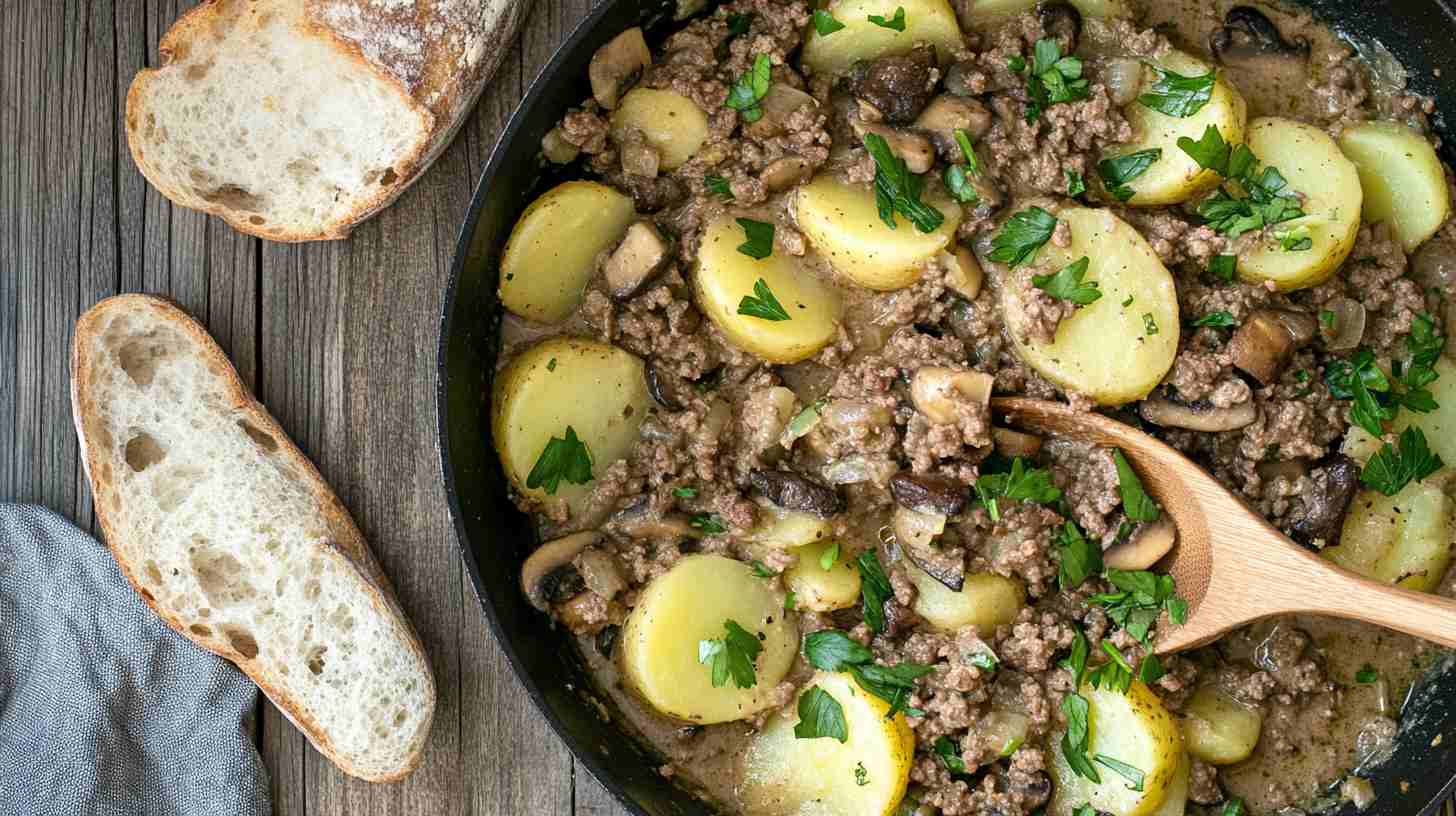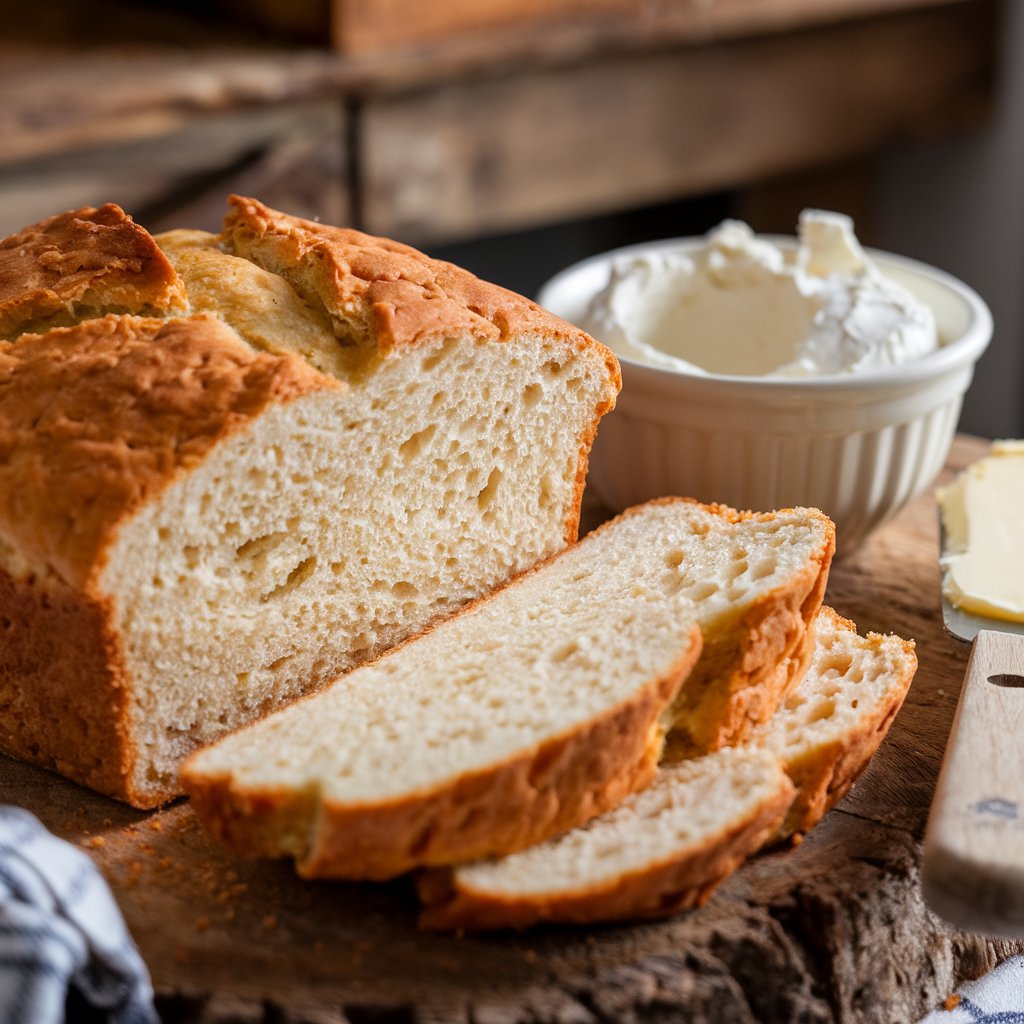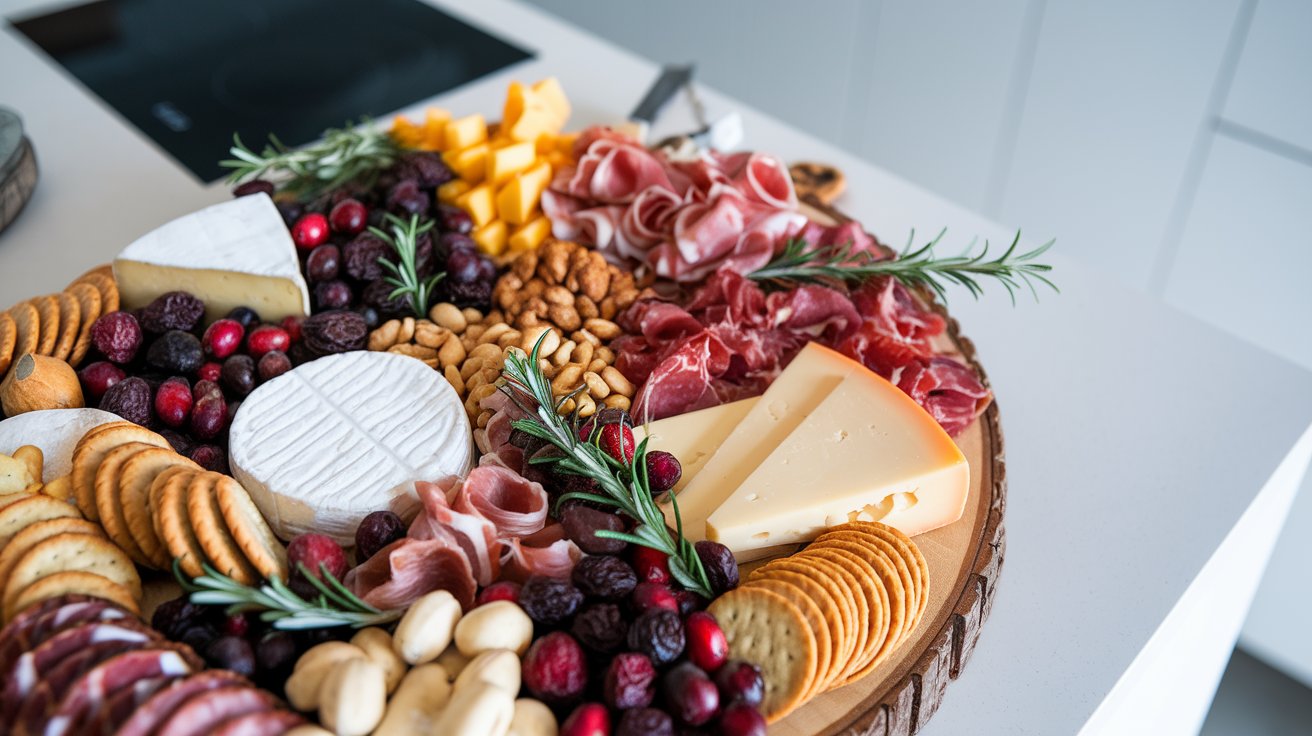Alright, y’all, let’s talk about comfort food that hits you right in the heart (and the stomach). You know what I’m talking about—the kind of food that makes you feel like you’re sitting in your grandma’s kitchen, with warm smells wrapping around you like a cozy hug. For me, that food is Southern cornbread recipe. Not the sweet stuff (no shade, but that’s another story)—I’m talking about savory, crispy-on-the-outside, soft-on-the-inside cornbread.
The first time I had the real deal was at my Aunt Mae’s Sunday dinner. She slid her cast iron skillet onto the table, the cornbread golden and piping hot, with just a hint of bacon grease scenting the air. One bite, and I was sold. It was hearty, buttery, and absolutely perfect. To this day, that’s the recipe I go back to when I want to bring a little slice of the South to my own kitchen.
Now, before we jump in, let’s clear up a common debate. Sweet cornbread lovers, I see you. But true Southern cornbread doesn’t need sugar—it’s savory through and through, letting the cornmeal shine like the star it is. Trust me on this one; once you make it the Southern way, you won’t go back. Let’s grab that skillet and get cookin’, shall we?
The Cultural Significance of Southern Cornbread
Here’s the thing about Southern cornbread: it’s not just a recipe. It’s history. It’s culture. Back in the day, cornbread became a household staple because it was cheap, filling, and easy to make with simple ingredients. Native Americans taught early settlers how to grind cornmeal and turn it into bread, and over time, Southerners made it their own.
Fast forward a few hundred years, and cornbread is still holding its own at dinner tables across the South. It’s the star at potlucks, the sidekick to chili, and the comfort food you didn’t know you needed on a rainy day. And let’s not forget the skillet. A cast iron skillet isn’t just a tool; it’s a tradition. If your grandma didn’t pass one down to you, don’t worry—buy one now, and you’ll be starting your own legacy.
What I love most about Southern cornbread is how it brings people together. Whether it’s a family reunion or a quiet weeknight dinner, there’s something about breaking bread (or, in this case, slicing cornbread) that just feels right. So, yeah, it’s more than just food—it’s Southern soul on a plate.
Key Ingredients for the Perfect Southern Cornbread Recipe
Let’s get down to brass tacks. If you want to make real-deal Southern cornbread, you can’t skimp on these essentials. No weird shortcuts, okay? This is about keeping it simple and traditional.
Cornmeal: The Real MVP
The whole vibe of cornbread hinges on cornmeal. White cornmeal is the OG choice in the South because it’s finer and has a lighter flavor. That said, if yellow cornmeal is what you’ve got, it’ll still do the job. Just steer clear of the pre-sweetened stuff—you don’t need any of that nonsense in this recipe.
Buttermilk: The Secret Weapon
Buttermilk is what makes cornbread moist, tangy, and irresistible. It’s also what gives it that little extra something that makes people go, “What’s in this?” If you’re out of buttermilk, don’t panic. Just mix a cup of milk with a tablespoon of lemon juice or vinegar and let it sit for five minutes. Crisis averted.
Bacon Grease: Don’t Skip It
This is where the magic happens. A dollop of bacon grease adds a smoky depth that takes your cornbread from good to “Can I have seconds?” If you don’t have bacon grease, butter is a decent substitute, but honestly, bacon grease is worth the effort.
No Sugar, No Problem
Here’s where I might lose some of you, but hear me out. Southern cornbread doesn’t need sugar. It’s supposed to be savory and rustic, letting the natural sweetness of the cornmeal do all the talking. If you’re used to sweet cornbread, give this a try—you might just convert.
Tools and Techniques for Crispy Southern Cornbread Crust
Now that we’ve got the ingredients down, let’s talk about how to nail this recipe. Because, let’s be honest, even the best ingredients won’t save you if you don’t have the right tools or technique.
The Cast Iron Skillet: Your New Best Friend
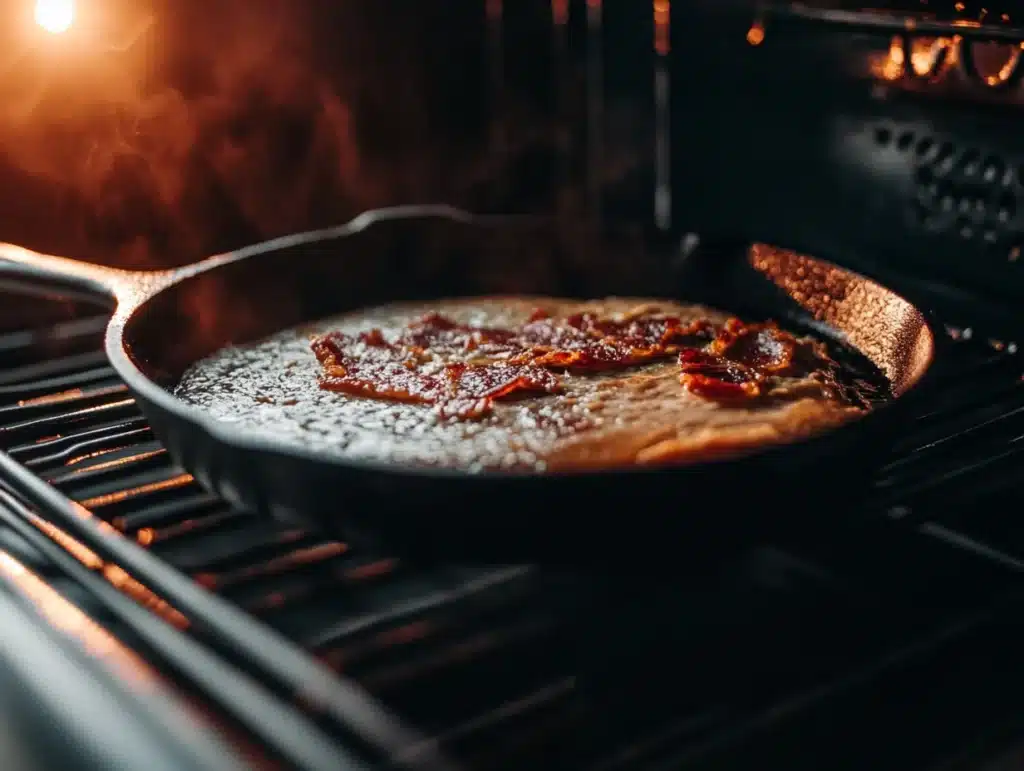
If you don’t already own a cast iron skillet, now’s the time to change that. It’s what gives cornbread its crispy edges and keeps the center soft and fluffy. Make sure to preheat the skillet before pouring in the batter. This step is non-negotiable, okay? The hot skillet is what creates that golden crust that makes you wanna show it off to everyone at the table.
Batter Consistency: Not Too Runny, Not Too Thick
Think pancake batter, but thicker. You want it to pour, but just barely. If it’s too runny, your cornbread won’t hold its shape. Too thick, and it’ll end up dry. Channel your inner Goldilocks and get it just right.
Grease It Up
Before you pour in the batter, grease your skillet generously. Bacon grease is my go-to (shocker, I know), but butter or oil works too. Just make sure you don’t skimp—nobody likes cornbread that’s stuck to the pan.
The Recipe: Southern Cornbread in 6 Easy Steps
Alright, here it is—the moment you’ve been waiting for. Let’s make some Southern cornbread, y’all!
Ingredients
- 1 ½ cups white cornmeal
- ½ cup all-purpose flour (optional)
- 1 teaspoon baking soda
- 1 teaspoon salt
- 1 cup buttermilk
- 1 large egg
- 2 tablespoons bacon grease (plus extra for greasing)
Instructions
- Preheat the Skillet
Stick your cast iron skillet in the oven and crank it up to 425°F. This is the key to getting that crispy crust. - Mix the Dry Stuff
In a big ol’ bowl, whisk together the cornmeal, flour (if you’re using it), baking soda, and salt. Easy peasy. - Whisk the Wet Stuff
In another bowl, beat the buttermilk, egg, and bacon grease until everything’s blended. If your bacon grease is solid, just warm it up a bit. - Combine and Stir
Pour the wet ingredients into the dry ones and stir just until it comes together. Don’t overmix—it’s fine if it’s a little lumpy. - Pour and Sizzle
Carefully take your hot skillet out of the oven, grease it up, and pour in the batter. You should hear a nice sizzle. That’s the sound of a crispy crust in the making. - Bake and Serve
Pop the skillet back in the oven and bake for 20-25 minutes, or until the top is golden brown and a toothpick comes out clean. Let it cool for a few minutes, then slice it up and dig in.
Serving Suggestions: Pairing Ideas for Southern Cornbread
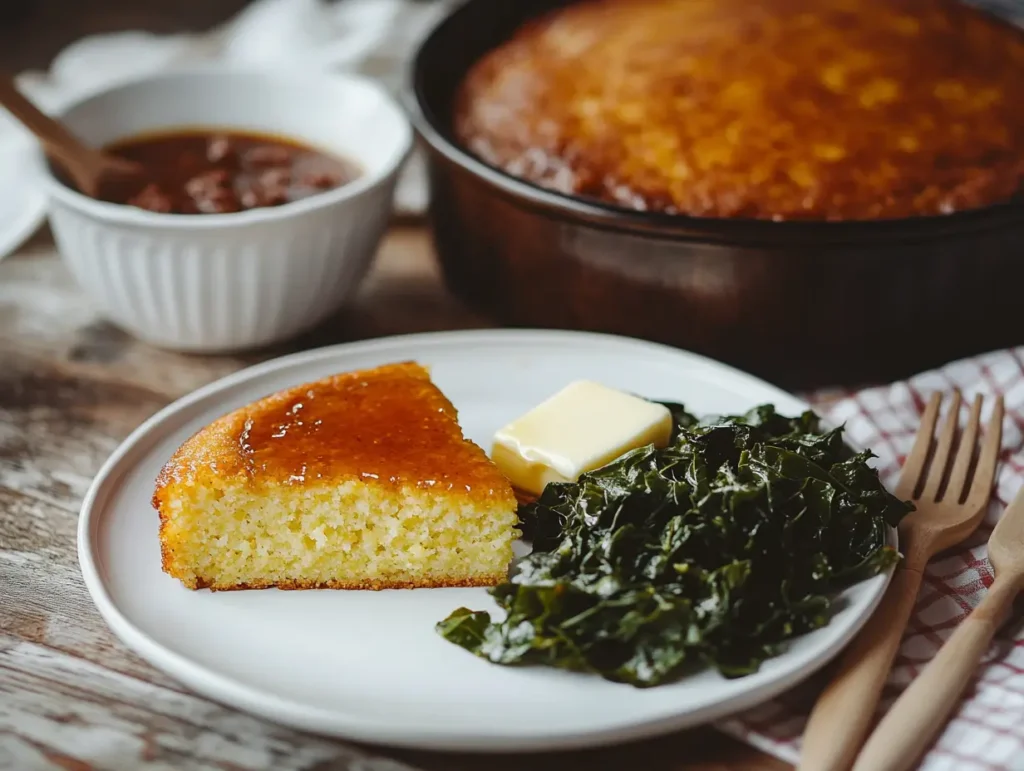
Now that your cornbread is fresh out of the oven, let’s talk about all the ways you can enjoy it. Trust me, this isn’t just a one-trick pony. Cornbread can transform any meal, from a casual weeknight dinner to a holiday feast, into something special. Whether you’re eating it as a side, a snack, or the star of the show, there are so many ways to savor every crumb.
Classic Southern Pairings
Southern cornbread was practically born to be a sidekick. Here are some traditional pairings that are as timeless as sweet tea on a hot summer day:
- Pinto Beans and Collard Greens: This pairing is about as Southern as it gets. The creamy beans, tangy greens, and crumbly cornbread create a perfect balance. Pro tip: crumble your cornbread on top of the beans for an extra hearty bite.
- Chili: There’s no better match for a bowl of spicy, smoky chili than a slice of warm, savory cornbread. It’s the perfect way to mop up every last drop. And if you like to experiment, try making cornbread muffins to go with your chili for a grab-and-go option.
- Fried Chicken or BBQ Ribs: Whether it’s crispy fried chicken or fall-off-the-bone ribs, cornbread complements these dishes like peanut butter goes with jelly. The savory bread balances out the rich flavors, making every bite feel complete.
- Pairing Southern Cornbread with Hearty Dishes: Southern cornbread isn’t just a side dish—it’s the perfect companion for hearty, flavorful meals. One classic pairing is a comforting Chicken Pot Pie Recipe. The savory cornbread complements the creamy filling, making for an unforgettable Southern-inspired dinner.
Unexpected (But Amazing) Twists
Who says cornbread has to stick to tradition? You can switch things up and enjoy it in unexpected ways, like:
- Breakfast with Butter and Honey: Got leftover cornbread? Slice it, warm it up, and spread a little butter and honey over the top. Add a side of scrambled eggs and bacon, and you’ve got a Southern-style breakfast that’ll make you want seconds.
- Cornbread Croutons: If your cornbread is a little past its prime, don’t toss it! Cube it up, toast it in the oven, and use it as croutons for soups, salads, or even casseroles. They’re so good, you might snack on them straight from the pan.
- Cornbread Sandwiches: This might sound wild, but hear me out. Slice your cornbread in half, add a layer of pulled pork, coleslaw, or even a fried egg, and boom—you’ve got a cornbread sandwich that’s worth every messy bite.
Holiday Hits
If you’re hosting for the holidays, cornbread deserves a spot at the table. Use it to make a rich, savory stuffing for Thanksgiving, or serve it alongside a glazed ham for Easter. It’s a crowd-pleaser no matter the occasion.
Storage Tips and Leftover Ideas for Southern Cornbread Recipe
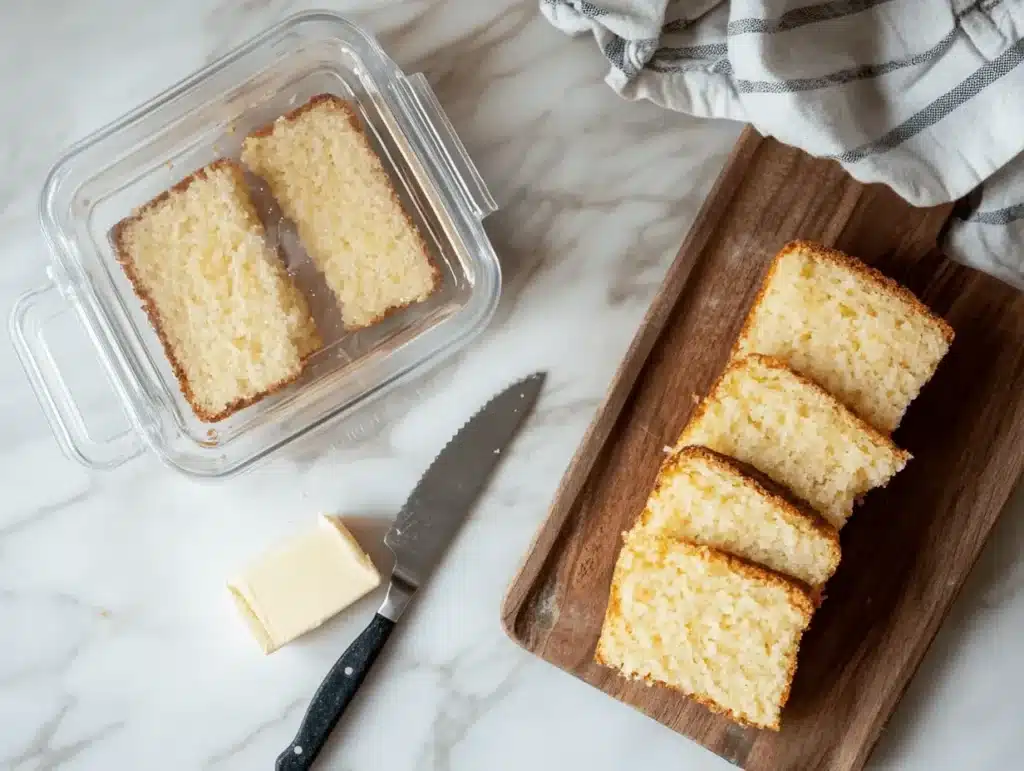
Let’s be honest—if you’ve made a big ol’ skillet of cornbread, you might not finish it all in one go (even though it’s tempting). Don’t worry—cornbread leftovers are a gift that keeps on giving. With the right storage tips and a little creativity, you can enjoy your cornbread long after it’s left the skillet.
How to Store Cornbread
- Room Temperature: Wrap your cornbread tightly in plastic wrap or store it in an airtight container. It’ll stay fresh on the counter for up to two days.
- Refrigerator: Want to stretch it a little longer? Store it in the fridge for up to a week. Just be sure to warm it up before serving because cold cornbread is no fun.
- Freezing: Cornbread freezes like a dream. Wrap individual slices in plastic wrap, toss them in a freezer-safe bag, and store them for up to two months. When you’re ready to eat, thaw them at room temp and reheat in the oven for that “freshly baked” vibe.
Leftover Cornbread Ideas
Got extra cornbread? Lucky you. Here’s how to make the most of those leftovers:
- Cornbread Stuffing: Crumble your cornbread and mix it with onions, celery, herbs, and chicken broth. Bake it until golden for a stuffing that’ll make your turkey jealous.
- Cornbread Pudding: If you’ve got a sweet tooth, turn your leftovers into dessert. Mix crumbled cornbread with eggs, milk, sugar, and a splash of vanilla, then bake until it’s soft and custardy.
- Soup or Stew Topper: Forget crackers—crumble some cornbread on top of your favorite soup or stew for a hearty, flavorful twist.
Cornbread is like the gift that keeps on giving. Even when it’s no longer fresh from the oven, it’s still versatile and oh-so-delicious.
Nutrition and Dietary Variations in a Traditional Southern Cornbread Recipe
You might be wondering: Can Southern cornbread fit into a healthy lifestyle? Absolutely. It’s all about balance and making a few simple tweaks to fit your dietary needs. Let’s dig into the details.
Nutritional Breakdown
A typical slice of Southern cornbread is surprisingly balanced. It’s got:
- Carbohydrates from the cornmeal to give you energy.
- Protein from the egg and buttermilk to keep you full.
- Healthy Fats from the bacon grease or butter for flavor and satiety.
Since this recipe skips the sugar, it’s naturally lower in calories and better for keeping your blood sugar steady. One slice has roughly 150–180 calories, depending on the size and ingredients.
How to Make It Healthier
- Go Gluten-Free: Swap the all-purpose flour for a gluten-free blend or simply use 100% cornmeal. The texture might be a little crumblier, but the flavor will stay spot-on.
- Lower the Fat: Use olive oil or a light vegetable oil in place of bacon grease. It won’t have quite the same smoky flavor, but it’ll cut down on saturated fats.
- Boost the Fiber: Add a tablespoon of ground flaxseed or chia seeds to the batter for extra fiber and omega-3s.
Vegan-Friendly Cornbread
Yes, you can totally make vegan Southern cornbread! Here’s how:
- Replace the egg with a flax egg (1 tablespoon ground flaxseed + 3 tablespoons water).
- Use almond milk or oat milk mixed with a splash of vinegar as your buttermilk substitute.
- Swap bacon grease for a neutral oil or vegan butter.
These little changes let you enjoy cornbread without compromising your dietary preferences or health goals.
Adding a Personal Touch to Your Southern Cornbread Recipe
At its heart, Southern cornbread is all about tradition. But the beauty of cooking is that you get to make each recipe your own. Adding a personal twist not only keeps things interesting but also lets you create something that feels uniquely yours.
Fun Add-Ins to Try
- Cheesy Goodness: Stir in shredded cheddar, Parmesan, or even a mix of cheeses. Top the batter with a sprinkle of cheese before baking for an extra melty crust.
- Spicy Kick: Add diced jalapeños or a pinch of cayenne pepper for some heat. If you’re feeling extra bold, toss in a handful of chopped bacon for a smoky-spicy combo.
- Herb Infusion: Mix in fresh herbs like rosemary, thyme, or chives to give your cornbread a fancy twist. It pairs beautifully with soups and roasted meats.
Make It a Family Affair
Cornbread is one of those recipes that’s perfect for cooking with kids. Let them help mix the batter, pour it into the skillet, or even pick out fun add-ins. Sure, it might get a little messy, but those are the moments that make cooking fun. Plus, nothing beats seeing their faces light up when they take that first bite of something they helped create.
FAQs About Southern Cornbread Recipe
What is the difference between cornbread and Southern cornbread?
The biggest difference is in flavor and texture. Southern cornbread is savory, with a crumbly yet moist texture, and is traditionally baked without sugar.
Why do Southerners not put sugar in cornbread?
Sugar in cornbread is a Northern tradition. Southern cornbread skips sugar to focus on the earthy flavor of cornmeal. Historically, sugar wasn’t commonly used in Southern kitchens because it was expensive and unnecessary for this savory dish.
Is it better to use buttermilk or milk in cornbread?
Buttermilk is the top choice for cornbread because its tangy flavor enhances the cornmeal, while its acidity reacts with baking soda to create a lighter, fluffier texture. Regular milk works in a pinch, but it won’t deliver the same depth.
What milk is best for cornbread?
Buttermilk is ideal, but whole milk or even non-dairy options like almond or oat milk (with added vinegar) can work. However, these alternatives may lack the tangy richness that makes buttermilk special.
Conclusion: A Slice of the South, Wherever You Are
There’s something so satisfying about pulling a skillet of golden cornbread out of the oven. It’s more than just bread—it’s a piece of Southern hospitality you can bring to your table, no matter where you live. Whether you’re serving it with a bowl of chili, crumbling it into a glass of milk (yep, people do that), or just eating it straight up with a little butter, this recipe is a keeper.
So grab your ingredients, preheat that skillet, and get ready to wow your family, friends, or just yourself. This no-sugar Southern cornbread is the real deal—simple, savory, and downright delicious. Happy baking, y’all!
